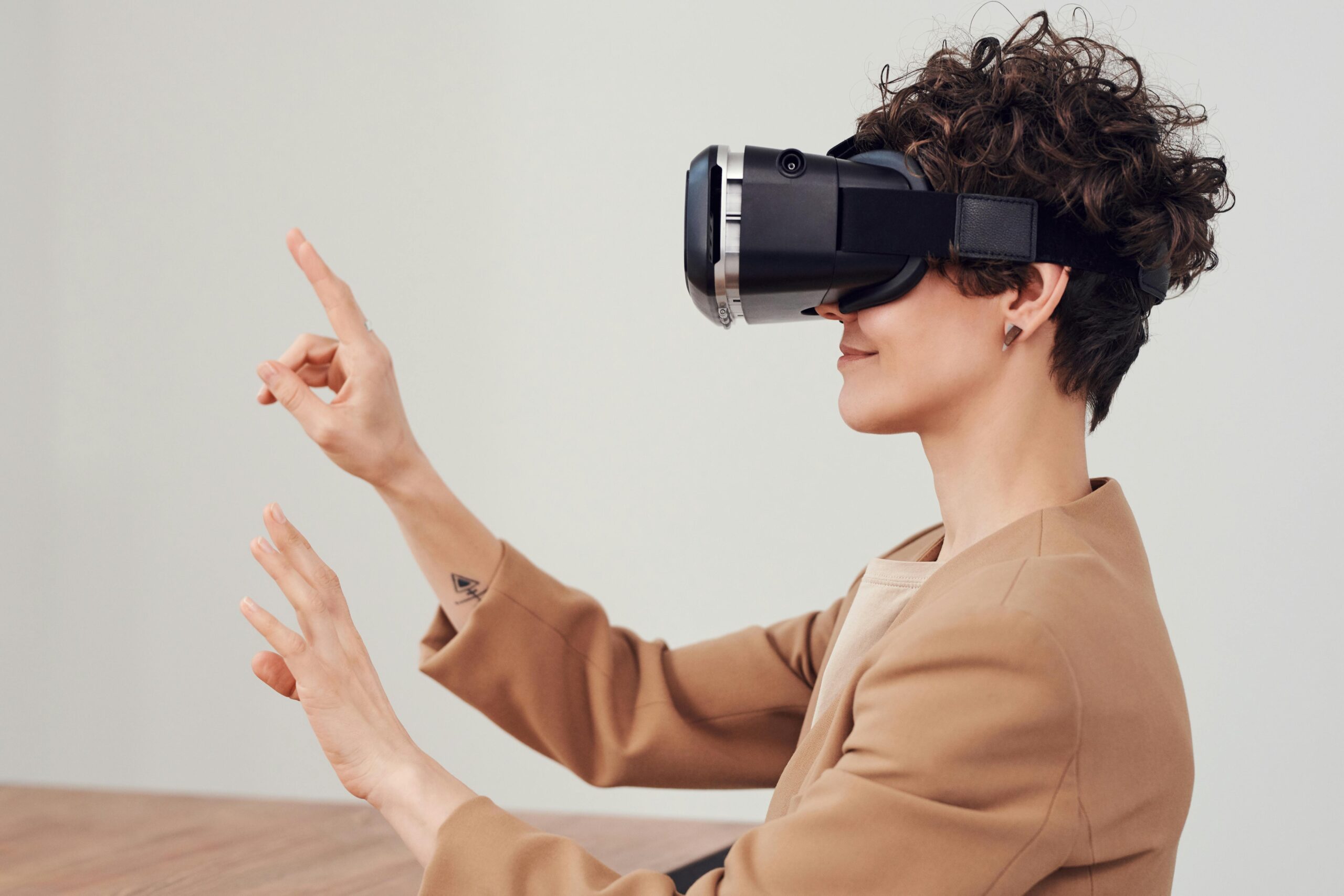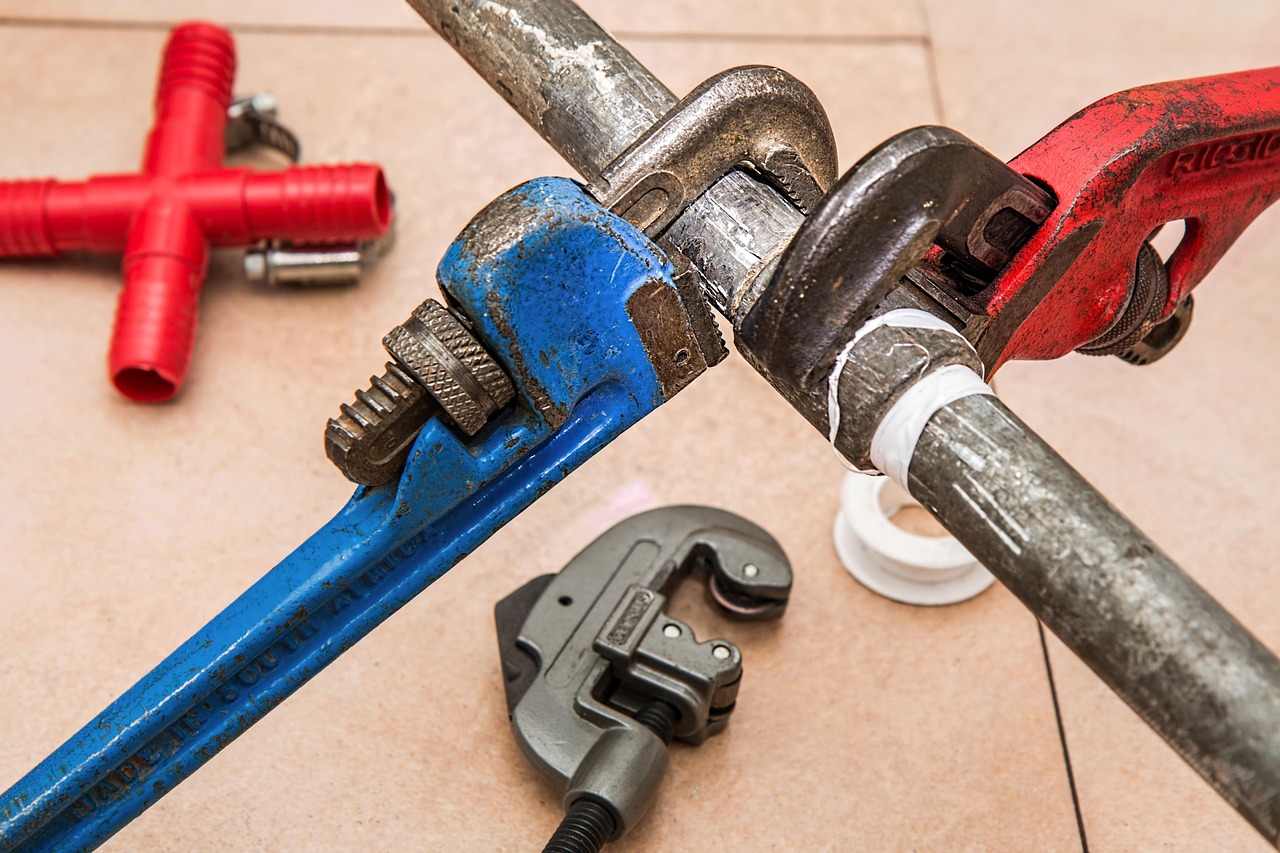The building and design industry is undergoing a revolutionary transformation with the integration of Augmented Reality (AR) and Virtual Reality (VR) technologies. These immersive technologies are changing how homeowners visualize renovations, interact with potential living spaces, and make crucial design decisions before breaking ground. By eliminating the guesswork traditionally associated with home construction and renovation, AR and VR are empowering consumers with unprecedented visualization capabilities while providing professionals with powerful tools to showcase their concepts and designs with remarkable clarity and precision.
The Evolution of Home Visualization
Traditional home design visualization relied heavily on static floor plans, material samples, and the client’s imagination. This approach often led to miscommunications, disappointment, and costly changes during construction. Today, augmented reality renovation planning has transformed this process entirely. Homeowners can now see exactly how their space will look with different material choices, color schemes, and layout adjustments before committing to any changes. This technological advancement gives clients the confidence to make decisions and reduces the anxiety associated with imagining the final result of substantial investments.
AR applications now allow users to point their smartphones or tablets at existing spaces and overlay potential changes in real-time. This capability means homeowners can instantly visualize how a new couch might look in their living room, or how different cabinet finishes might transform their kitchen’s appearance. The ability to make these visualizing design choices while standing in the actual space creates a much more intuitive and accurate understanding of proposed changes.
Virtual Property Tours: Transforming Home Sales
The real estate industry has quickly embraced virtual reality home tours as an essential tool for property marketing. These immersive experiences allow potential buyers to “walk through” properties from anywhere in the world, creating convenience for both sellers and buyers. Virtual tours provide a comprehensive understanding of spatial relationships, flow between rooms, and overall property feel in ways that photos alone cannot convey.
Developers and builders of new communities have found particular value in VR technology. Instead of building expensive model homes, they can create fully interactive virtual models that potential buyers can explore. These digital representations can be updated quickly to reflect design changes or customization options, giving customers the ability to visualize multiple variations of their potential home without the time and expense of physical construction.
AR/VR Home Design Visualization for Renovation Projects
Renovation projects particularly benefit from AR VR home design visualization tools. Contractors and designers can create comprehensive models of existing spaces, then demonstrate precisely how proposed changes will transform the area. This technology allows clients to make informed decisions about structural modifications, helping them understand the implications of removing walls, adding windows, or reconfiguring layouts.
AskHomey and other forward-thinking platforms now connect homeowners with professionals who utilize these technologies, making the renovation process more transparent and satisfying for all parties. The ability to virtually “live with” design choices before implementation has proven to increase customer satisfaction and reduce expensive mid-project changes.
Making Design Decisions Through Immersive Technology
Perhaps the most practical application of this technology comes in the form of design decision-making tools. Immersive home design applications allow users to experiment with countless material combinations, color schemes, and fixture selections. This capability transforms the overwhelming task of coordinating design elements into an intuitive visual experience.
For example, homeowners renovating a bathroom can use AR to visualize different tile patterns, fixture finishes, and vanity styles all within the context of their existing space. This visualization helps avoid costly mistakes and ensures that all elements work harmoniously together. Similarly, kitchen renovations benefit from the ability to see how different cabinet styles, countertop materials, and appliance finishes will coordinate before making significant financial commitments.
The Future of AR and VR in Home Design
As these technologies continue to evolve, we can expect even more sophisticated applications in the building and design industry. Innovations like haptic feedback (the sensation of touch in virtual environments) may soon allow users to not only see but also “feel” different textures and materials. Integration with smart home systems could enable homeowners to test functionality alongside aesthetics, ensuring that design choices support their lifestyle needs.
The democratization of these tools is also making advanced design visualization accessible to more homeowners. What was once available only to high-end clients working with premier design firms is now becoming mainstream through consumer-focused applications and services. This accessibility is raising expectations across the industry, with clients now expecting the ability to visualize designs as a standard part of the building and renovation process.
For more tips and to connect with reliable home service professionals, follow AskHomey on Facebook and Instagram.



